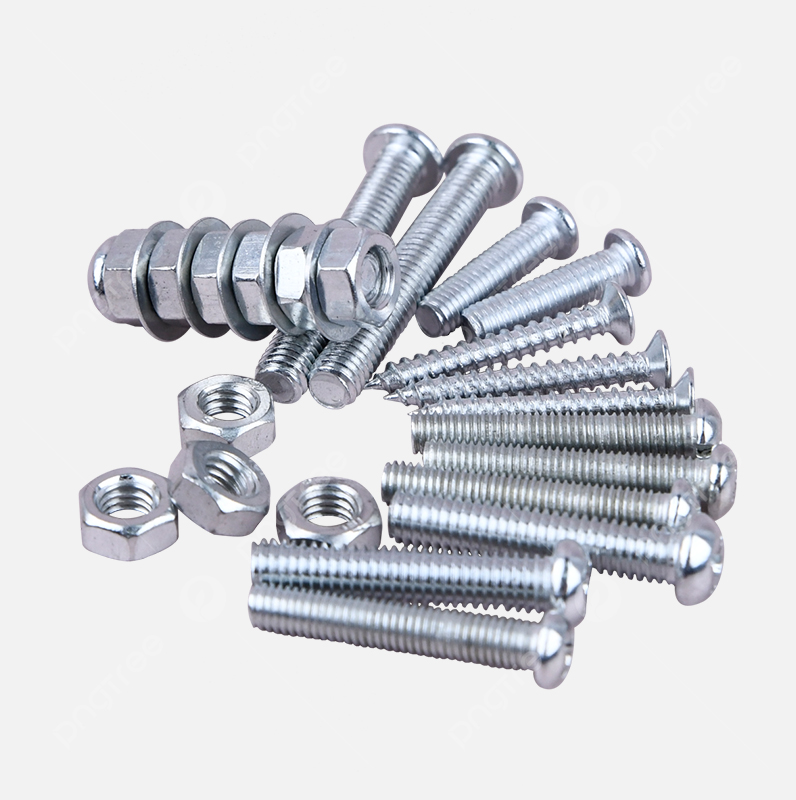bolt structure
Understanding the Bolt Structure A Key Element in Mechanical Engineering
In the realm of mechanical engineering, the bolt structure plays a pivotal role in ensuring the integrity and functionality of various assemblies. Bolts serve as crucial fasteners, joining components together and maintaining the strength required for structural stability. In this article, we will explore the significance of bolt structures, their various types, and the factors to consider when selecting and using bolts in engineering applications.
The Importance of Bolt Structures
Bolts are widely used in a myriad of applications, from heavy machinery and automotive manufacturing to construction and aeronautical engineering. The primary purpose of a bolt is to hold two or more parts together securely. The strength and reliability of a bolted joint can significantly affect the performance of a mechanical system. For instance, in an automobile, secure connections can ensure that parts operate smoothly without failures, contributing to safety and efficiency.
One of the main advantages of using bolts over other fastening methods, such as welding or adhesive bonding, is the ability to disassemble and reassemble components without damaging them. This attribute is especially valuable in maintenance and repair operations, allowing for easier inspection, replacement, or adjustment of parts.
Types of Bolt Structures
Bolts come in various shapes and sizes, each designed for specific applications. The most common types include
1. Hex Head Bolts Featuring a hexagonal head, these bolts are popular in general use due to their versatility and ease of installation. They are typically used with nuts and used in applications ranging from furniture assembly to automotive engines.
2. Carriage Bolts These bolts have a smooth, rounded head and a square section beneath the head that prevents rotation during assembly. They are often used in wood-to-wood connections and outdoor structures.
3. Socket Head Cap Screws With a cylindrical head and hexagonal socket, these screws provide a low-profile option for applications requiring a strong fastening solution in tight spaces, commonly found in machinery and electronics.
4. Lag Bolts Designed for heavy-duty applications, lag bolts have a large diameter and coarse threads that allow for secure fastening into wood or other materials. They are often used in construction and heavy load-bearing applications.
bolt structure

5. Tension Control Bolts Used in steel construction, these bolts can provide accurate clamping force when installed, ensuring that connections can withstand various loads and environmental conditions.
Selecting the Right Bolt Structure
When selecting bolts for a specific application, several factors should be considered
1. Material The material of the bolt can significantly impact its strength and resistance to corrosion. Common materials include steel, stainless steel, and aluminum. Each has unique properties suitable for different environments.
2. Size and Thread Type The diameter and length of the bolt, along with the type of threading (fine or coarse), must be compatible with the materials being fastened. Proper sizing ensures that the bolt can achieve the required clamping force without risk of stripping or breaking.
3. Load Requirements Understanding the load conditions—whether static, dynamic, or impact—is crucial for selecting bolts that can withstand the anticipated forces.
4. Environmental Conditions Bolts exposed to harsh environments, such as high humidity, chemicals, or extreme temperatures, may require special coatings or materials to prevent degradation.
5. Standards and Specifications It is essential to adhere to relevant standards, such as ASTM or ISO, which dictate the mechanical properties and quality of bolts used in specific applications.
Conclusion
The bolt structure is an integral part of mechanical engineering, providing the means to securely fasten parts and maintain structural integrity. Understanding the different types of bolts and the factors influencing their selection is crucial for engineers and manufacturers alike. By carefully considering these elements, one can ensure that the chosen bolts will provide the necessary strength and reliability required for the specific application, ultimately contributing to the overall success of engineering projects.
-
Weatherproof Plastic Expansion Anchors for OutdoorNewsJun.06,2025
-
Sustainability in the Supply Chain: Eco-Friendly TEK Screws ProductionNewsJun.06,2025
-
Load-Bearing Capacity of External Insulation FixingsNewsJun.06,2025
-
Double Head Bolts: Enhancing Efficiency in Industrial MachineryNewsJun.06,2025
-
Corrosion Resistance in Chipboard Screws: Coatings for Wholesale DurabilityNewsJun.06,2025
-
Butterfly Toggle Bolts : Enhancing Structural ResilienceNewsJun.06,2025
